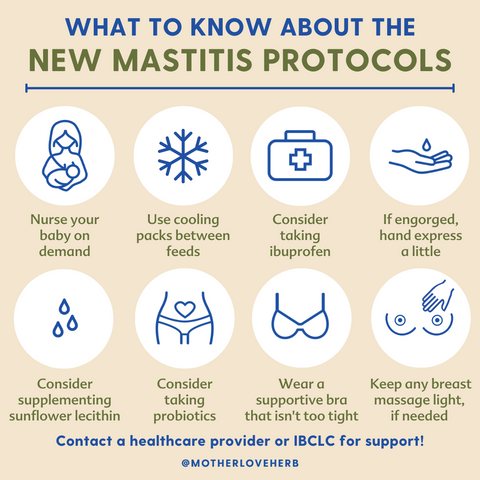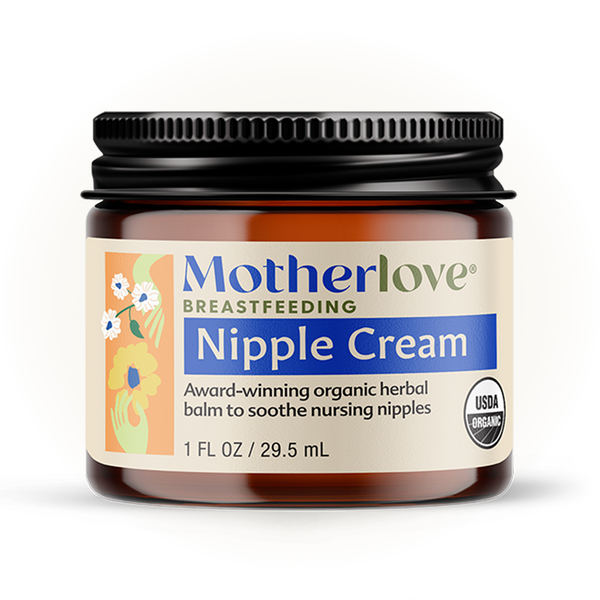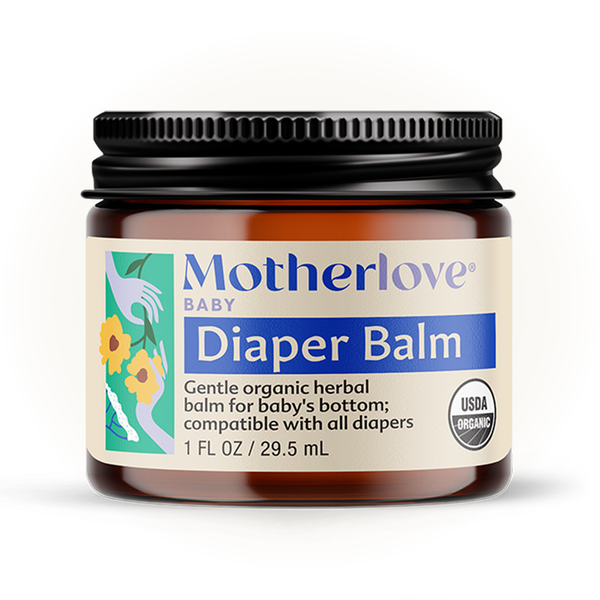Written by Wendy, IBCLC
When I first started breastfeeding (over 15 years ago!), I had mastitis a handful of times. I still remember pressing on the red, sore area, trying to “unplug it.” I remember taking long, hot showers, massaging and hand expressing my breasts. And I remember hunching on all fours, leaning over my baby, nursing. This was a position called “dangle nursing” and the idea was that gravity could help move the milk out of the plugged up area.
Not only did I use these techniques on myself for the handful of times I got mastitis, but I shared these same techniques with the parents I helped, both as a volunteer breastfeeding counselor and as an IBCLC. The idea that mastitis should be treated with heat, massage—along with increased breastfeeding and hand expression—was widely recommended.
Well, all of that changed this past spring, when the Academy of Breastfeeding Medicine (ABM) released their new protocol for how to handle mastitis. After studying mastitis closely, and comparing different practice techniques, they’ve come up with new definitions of what mastitis is, and new recommendations for how to handle it.
The protocol itself is long and wordy, because it’s from a peer reviewed journal and is written for MDs and breastfeeding professionals. So I’m going to break it down for you as simply as possible.
So, without further ado, here’s everything you need to know about this new protocol and what it means for you if you are a breastfeeding parent.
HOW OUR UNDERSTANDING OF MASTITIS HAS CHANGED
Probably the biggest takeaway from the new protocol is the idea that mastitis is less about milk stasis (milk being left in the breast when you skip feedings or your baby doesn’t fully empty the breast) but more about inflammation in the breast. Having too much milk, or experiencing hyperlactation is part of the picture, but not the main cause.
Although mastitis is often experienced as a bumpy, red, tender area in the breast, which is often called a “plugged duct,” ABM contends that the cause isn’t really backed up milk in one specific duct of the breast. Instead, general inflammation of the breast causes the ducts to narrow, leading to pain and reddening of the breast.
Sometimes you will experience more than just a tender spot in the breast, but also systemic body discomforts, such as fever, chills, and exhaustion. This is what is referred to as inflammatory mastitis, and can usually resolve on its own with proper treatment (more on that in a sec!). Inflammatory mastitis doesn’t require antibiotics.
Occasionally, the breast can become infected, a condition called bacterial mastitis. This means that bacteria (usually in the Staphylococcus family) has entered the breast and caused an infection. Symptoms are similar to plugged ducts and inflammatory mastitis: red, sore area on the breast and fever and chills.
ABM recommends that if your fever doesn’t resolve in about 24 hours, you should see your doctor for a possible bacterial mastitis diagnosis. Bacterial mastitis usually needs to be treated with antibiotics, and probiotics can be used as well.
Bacterial mastitis is not contagious, won’t harm your baby, and doesn’t require you to stop breastfeeding. You also don’t need to sterilize your pumping parts or bottles if you have it, according to ABM.
NEW MASTITIS TREATMENT PROTOCOLS
Along with their new understanding of mastitis comes a new set of recommendations for how to treat it. The emphasis here is more on treating the inflammation than anything else.
So that means, they are no longer recommending practices like:
- Trying to unplug a duct or break up a clog through vigorous massage
- Extra nursing or pumping to get milk flowing (though you should still nurse on demand)
- Starting a nursing session on the inflamed or plugged side
- Using massage tools or vibrating massagers/electric toothbrushes
- Using castor oil or Epsom salt soaks
- Using positions such as “dangle nursing” to work out a plug
Whew. I know—it’s so different from what we all used to do, huh? But medicine is all about following the science, and the ABM has found that these techniques aren’t most effective.

Instead, here’s what they do recommend:
- Nurse your baby on demand, following their cues
- Use ice or cooling packs between feeds to decrease inflammation
- Consider taking ibuprofen to soothe pain and reduce inflammation
- Consider taking acetaminophen for pain relief
- If you are engorged and your baby can’t latch on, you can hand express a little to soften the area around your areola
- Consider supplementing with soy or sunflower lecithin to decrease inflammation (ABM recommends 5-10 gram a day)
- Consider taking probiotics to balance the microbial flora in your body
- Work on decreasing hyperlactation (overproduction of milk) by nursing your baby on cue, and not pumping more than your baby needs
- If comfortable, wear a supportive bra that fits well
- If massage provides relief, you can use it, but keep any massage light—no deep pressure massage
WHERE TO GO FROM HERE
If you’ve tried all of the techniques in the “yes” column and you still aren’t feeling better, make sure to contact a breastfeeding counselor or lactation consultant. Here are a couple of key points to keep in mind:
- As stated above, if you have a fever for over 24 hours, you may have bacterial mastitis—this requires a doctor consultation and you may end up needing antibiotics.
- Another complication of mastitis is an abscess, where a particular area of the breast becomes infected. Symptoms can include pain to the touch, warmth in the affected area, a breast lump, nipple discharge, and fever and flu-like symptoms. Abscesses also require medical assistance, but can usually be avoided with prompt mastitis care.
- Some breastfeeding parents get something called a nipple bleb along with mastitis. This is when a small white bump appears on the nipple and can block the milk from flowing. ABM recommends using a prescribed steroid cream and lecithin to resolve it, and they recommend you avoid trying to open up the bleb yourself.
- Additional medical interventions for mastitis may include therapeutic ultrasound (TUS) which uses thermal energy to decrease inflammation and excess fluid in the breast.
REST, REST, REST
Above all else, remember that most cases of mastitis really do resolve on their own. And although the protocols have changed, the basic, old-school advice of resting in bed with your baby and nursing on demand still holds true!
Mastitis is often a wake up call to tell you that you are overextending yourself and that what you need most is to rest so that it can do the work of recovering. I know that is sometimes easier said than done as the parent of a little one, but you deserve a day off your feet, and your body will thank you for it in the end.
*This is not intended to be medical advice. Please consult with your healthcare provider.






